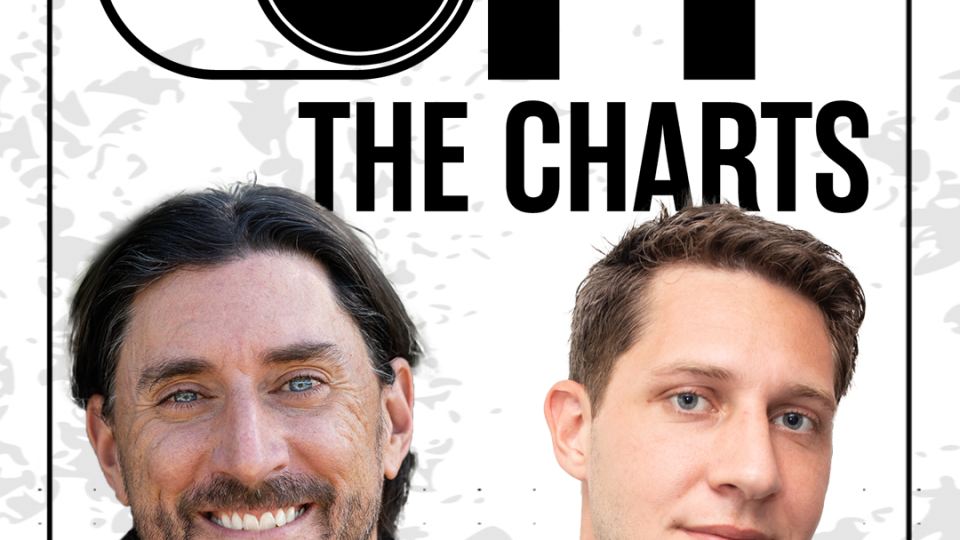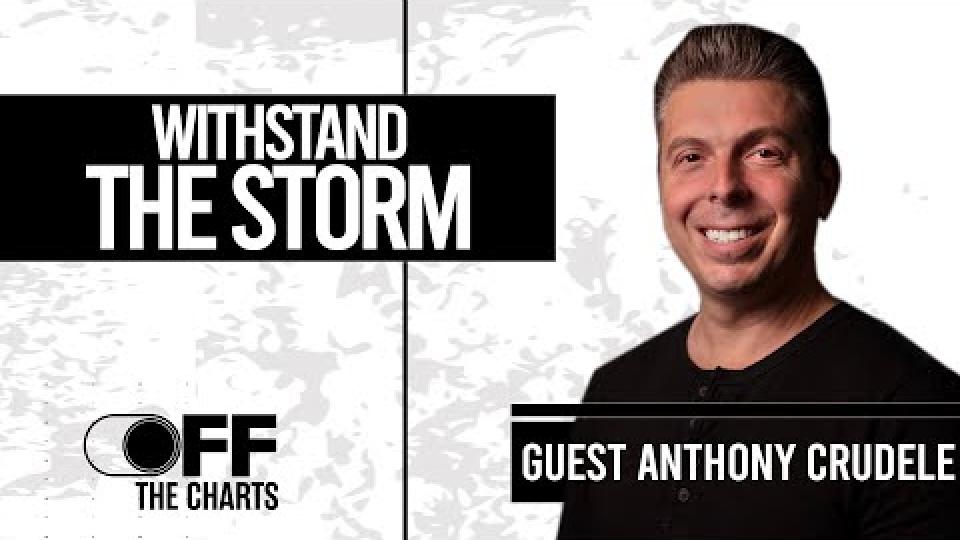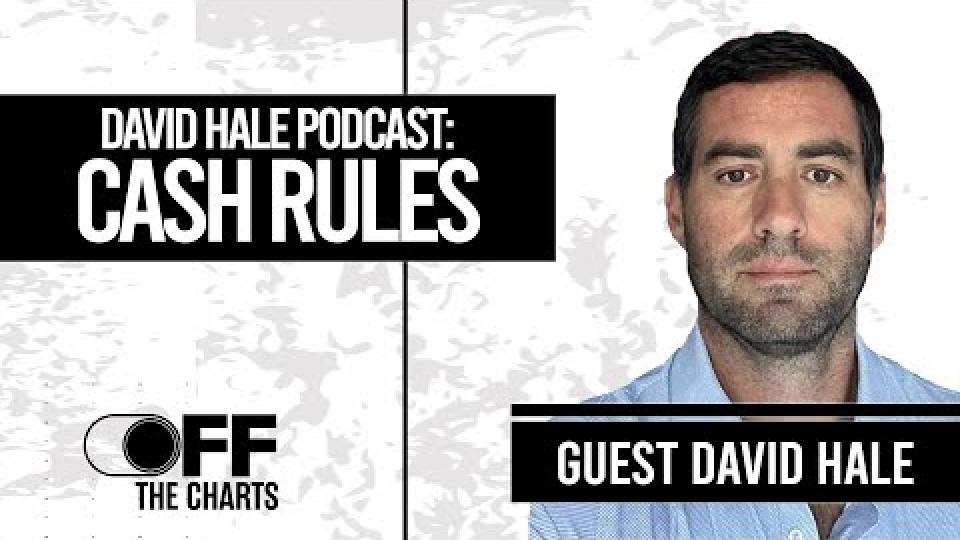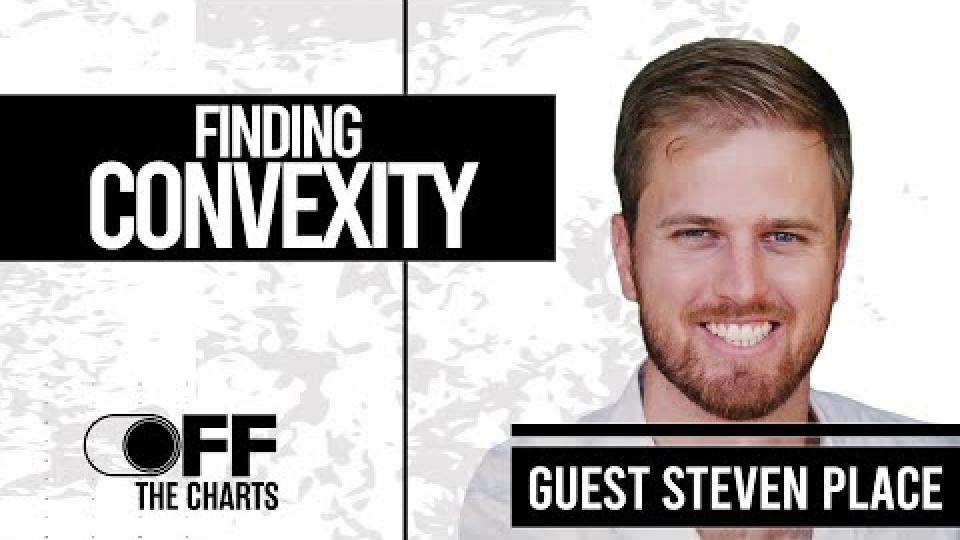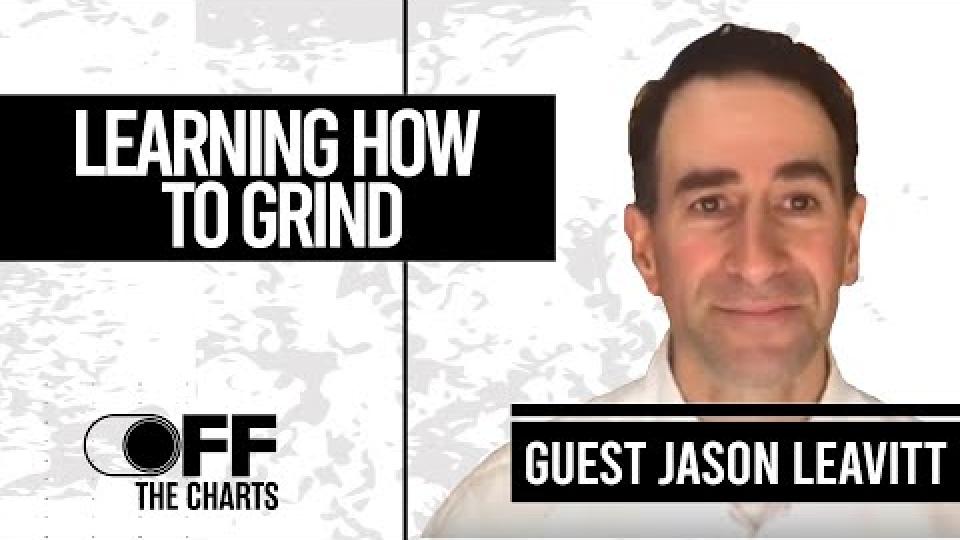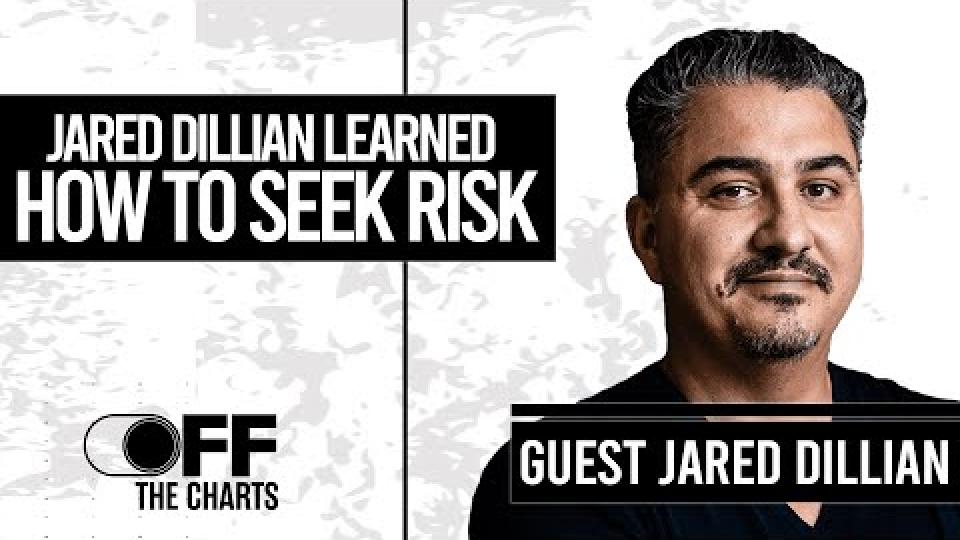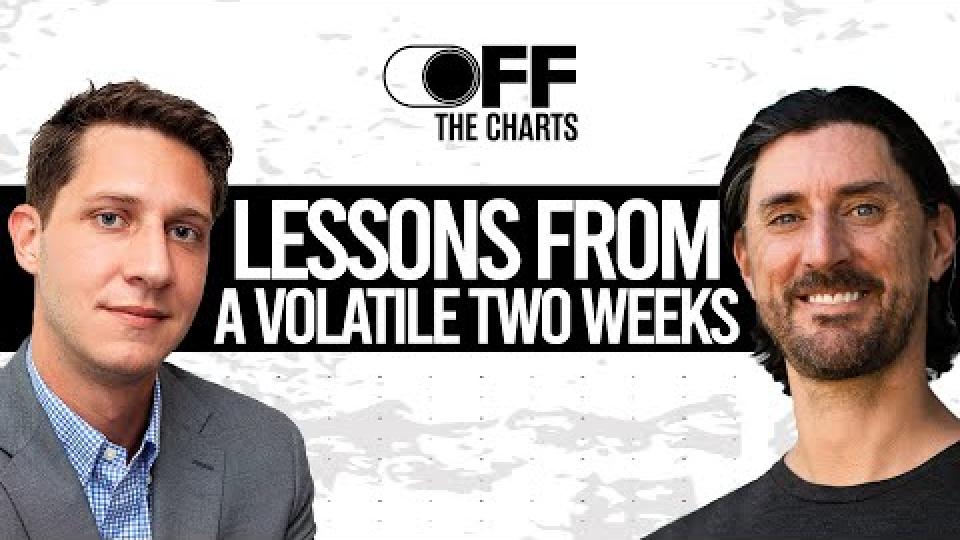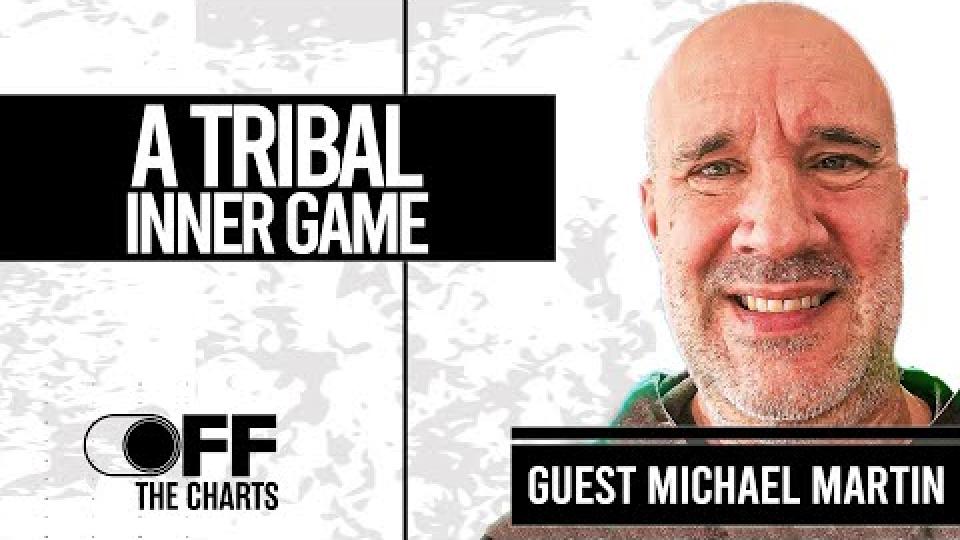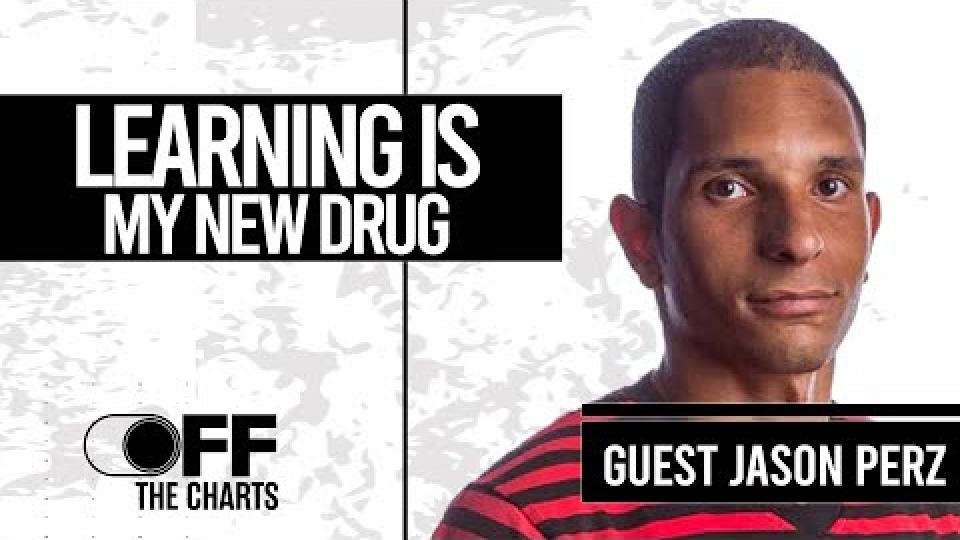Market Moves Demystified.
Explore Our Sites
Gain investing insights from our entire analyst team, across our family of websites. All from one login:
Off The Charts
Airs:
Fridays @ 10:00 am ET
Welcome to Off the Charts, a show about the psychology of trading, featuring conversations with the best traders we know. Hosted by Sean McLaughlin and Steve Strazza.
Hosted by
